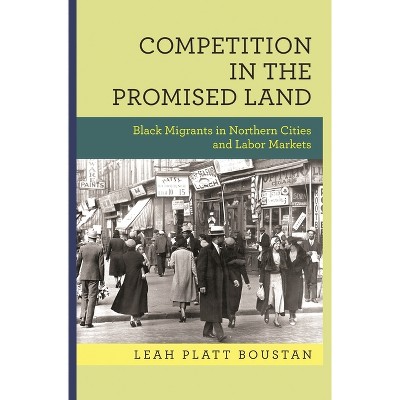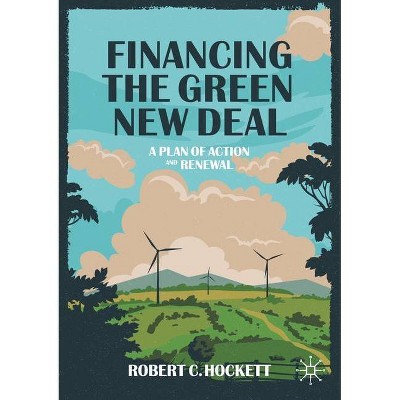Sponsored

Financing Solutions to Reduce Natural Gas Flaring and Methane Emissions - by Gianni Lorenzato & Silvana Tordo & Berend Van Den Berg (Paperback)
In Stock
Sponsored
About this item
Highlights
- This study aims to raise policy makers' awareness of the business case for investing in gas flaring and methane reduction projects.
- About the Author: The World Bank came into formal existence in 1945 following the international ratification of the Bretton Woods agreements.
- 154 Pages
- Business + Money Management, Economics
Description
About the Book
This study aims to raise policy makers' awareness of the business case for investing in gas flaring and methane reduction projects. It focuses on mid-sized flares that are too small to be prioritized by oil companies but represent 58 percent of global flare volumes.
Book Synopsis
This study aims to raise policy makers' awareness of the business case for investing in gas flaring and methane reduction projects. It focuses on mid-sized flares that are too small to be prioritized by oil companies but represent 58 percent of global flare volumes.
About the Author
The World Bank came into formal existence in 1945 following the international ratification of the Bretton Woods agreements. It is a vital source of financial and technical assistance to developing countries around the world. The organization's activities are focused on education, health, agriculture and rural development, environmental protection, establishing and enforcing regulations, infrastructure development, governance and legal institutions development. The World Bank is made up of two unique development institutions owned by its 185 Member Countries. The International Bank for Reconstruction and Development (IBRD) focuses on middle income and creditworthy poor countries and the International Development Association (IDA), which focuses on the poorest countries in the world.
Shipping details
Return details
Frequently bought together


Trending Non-Fiction















